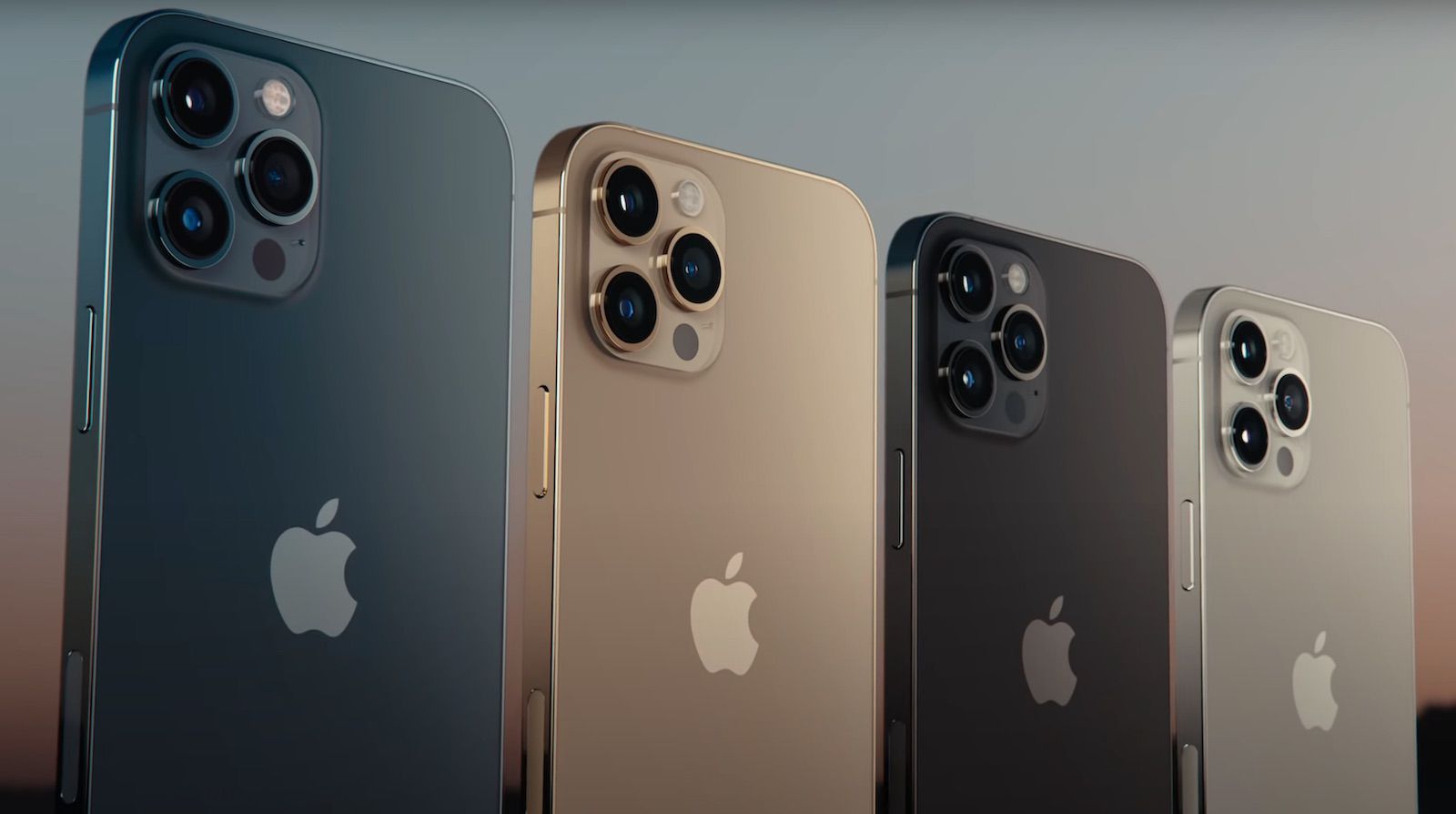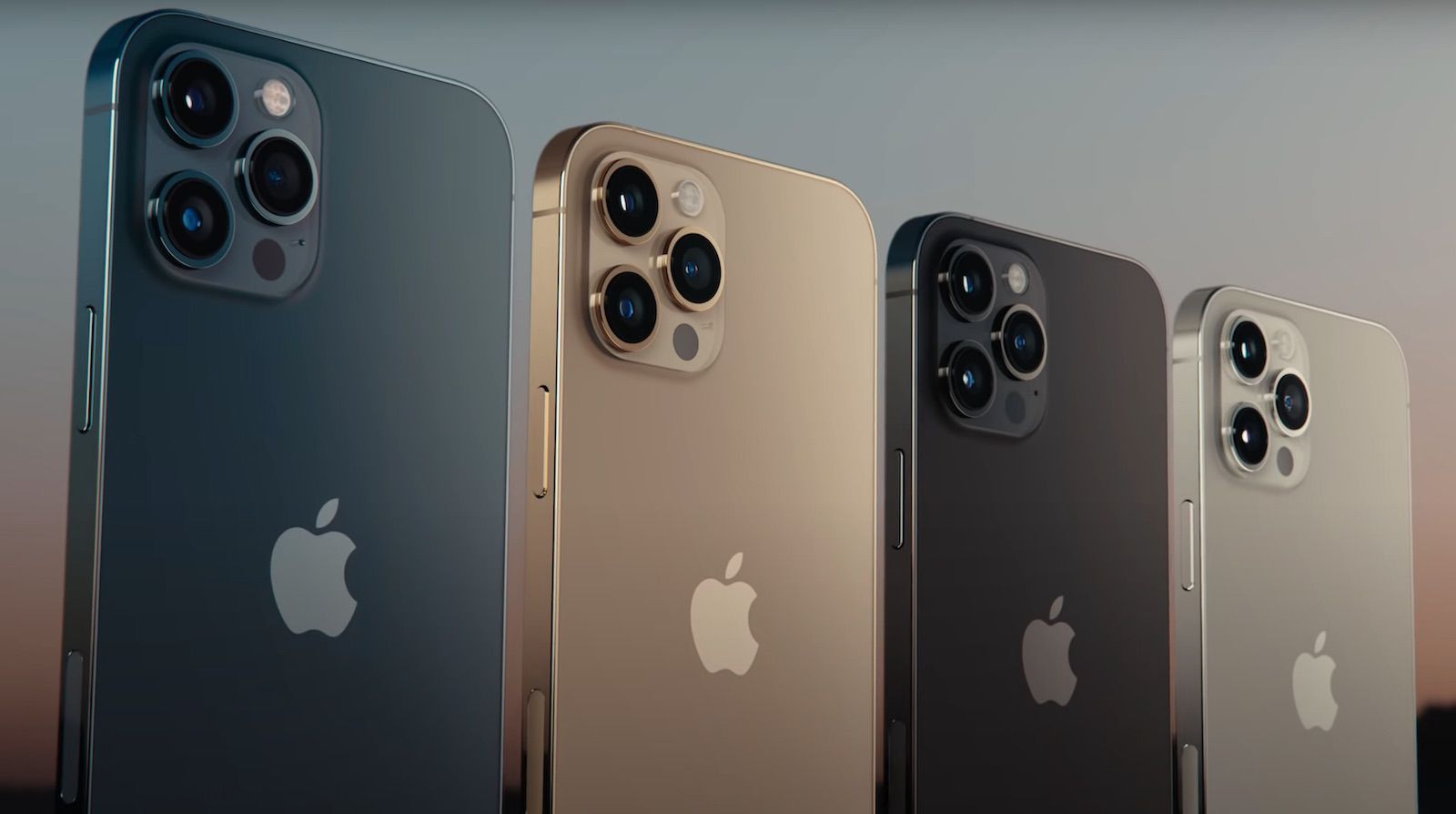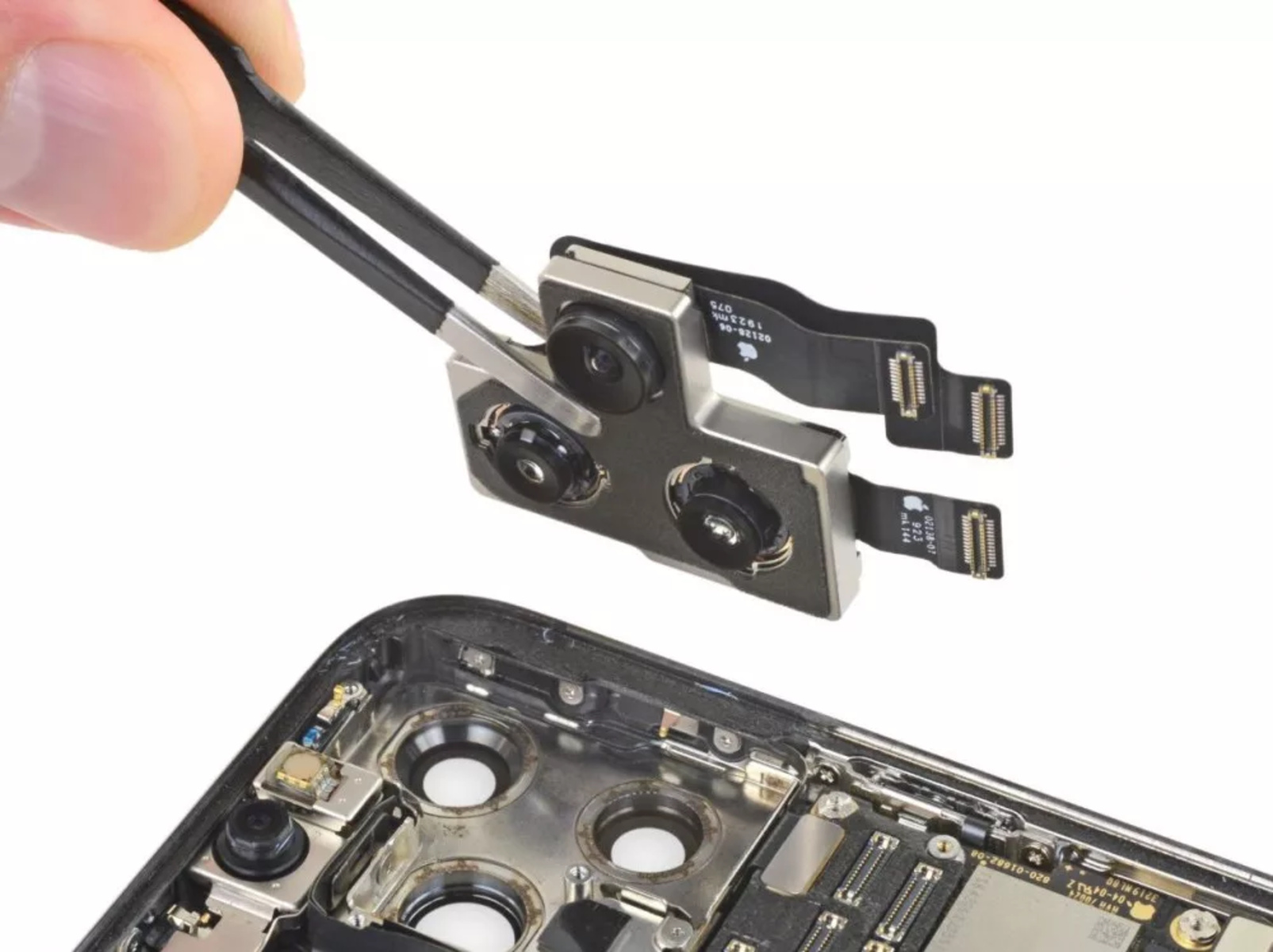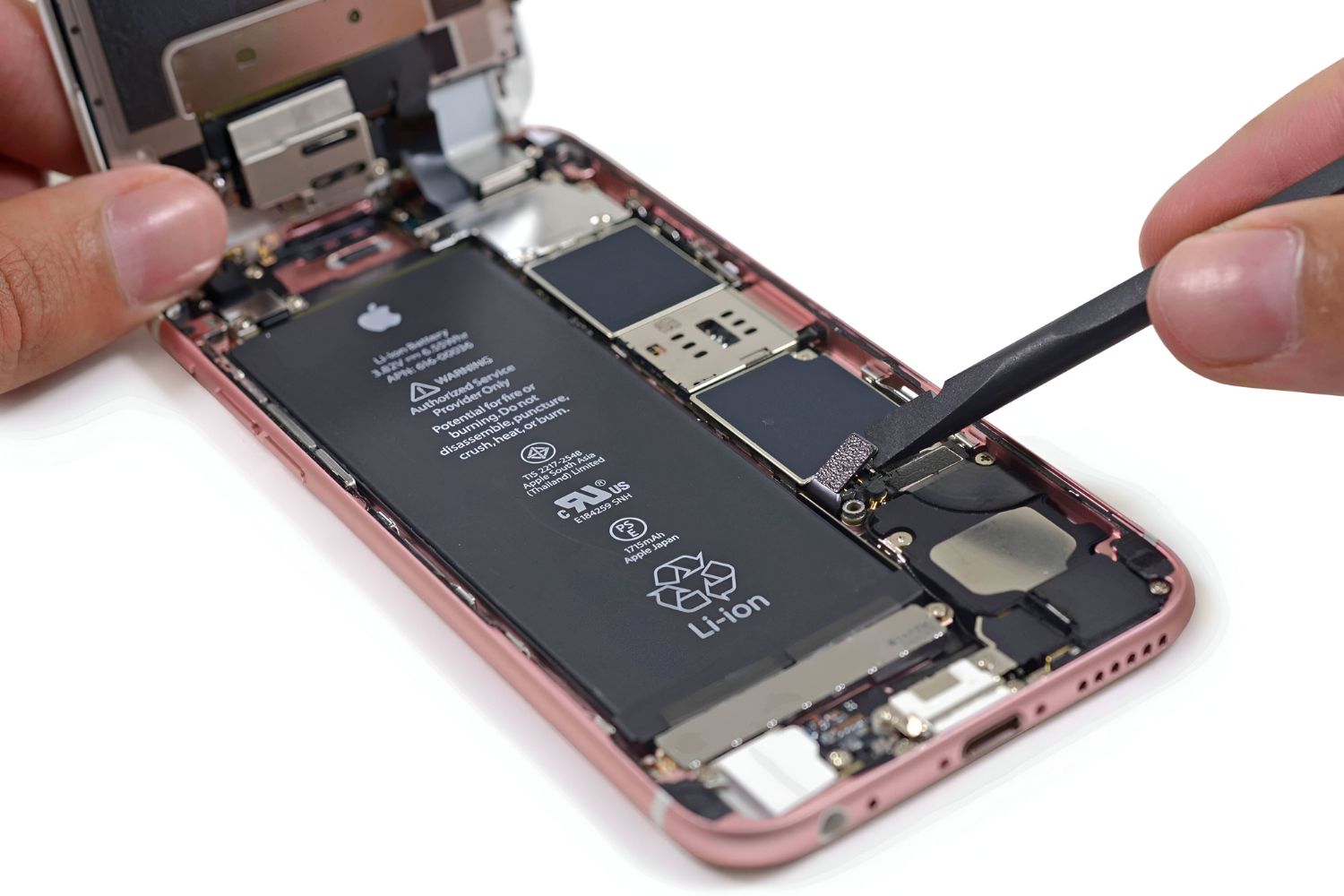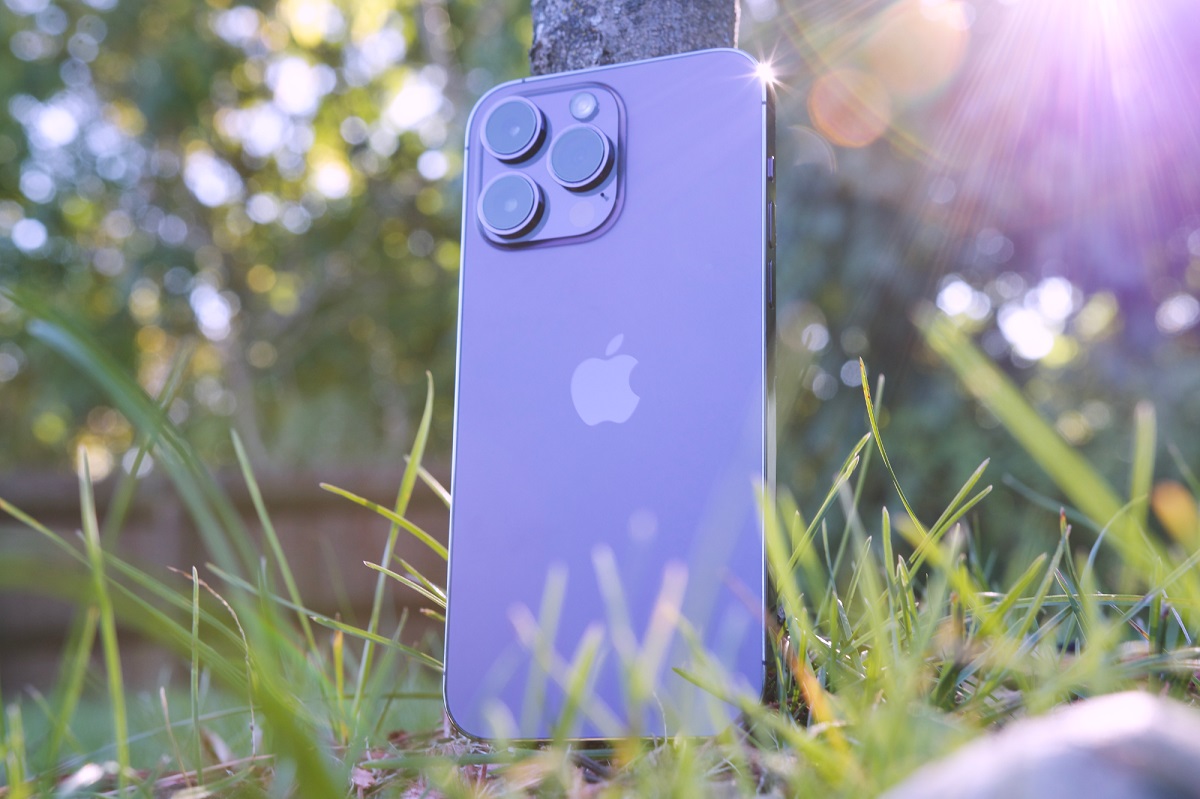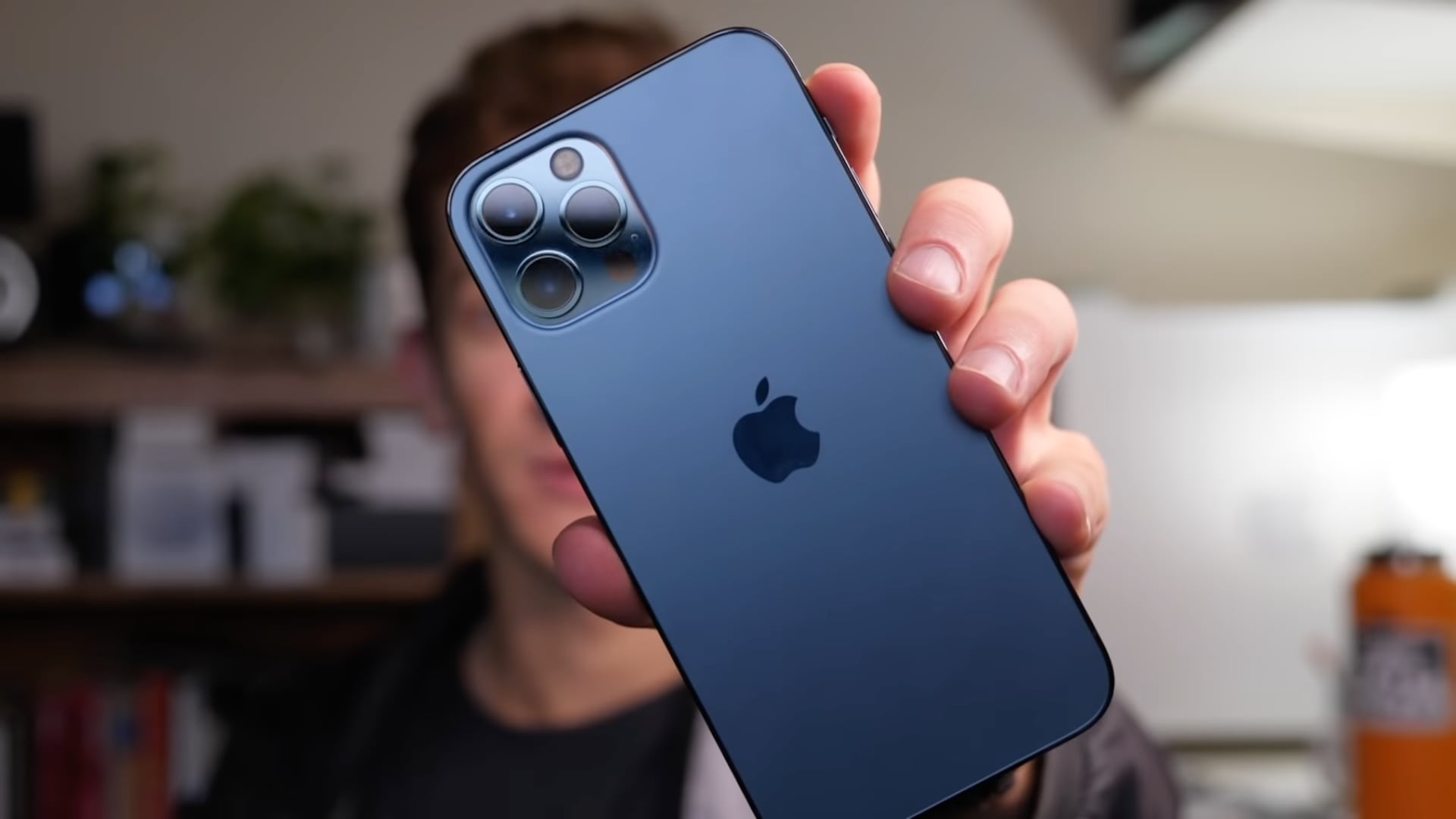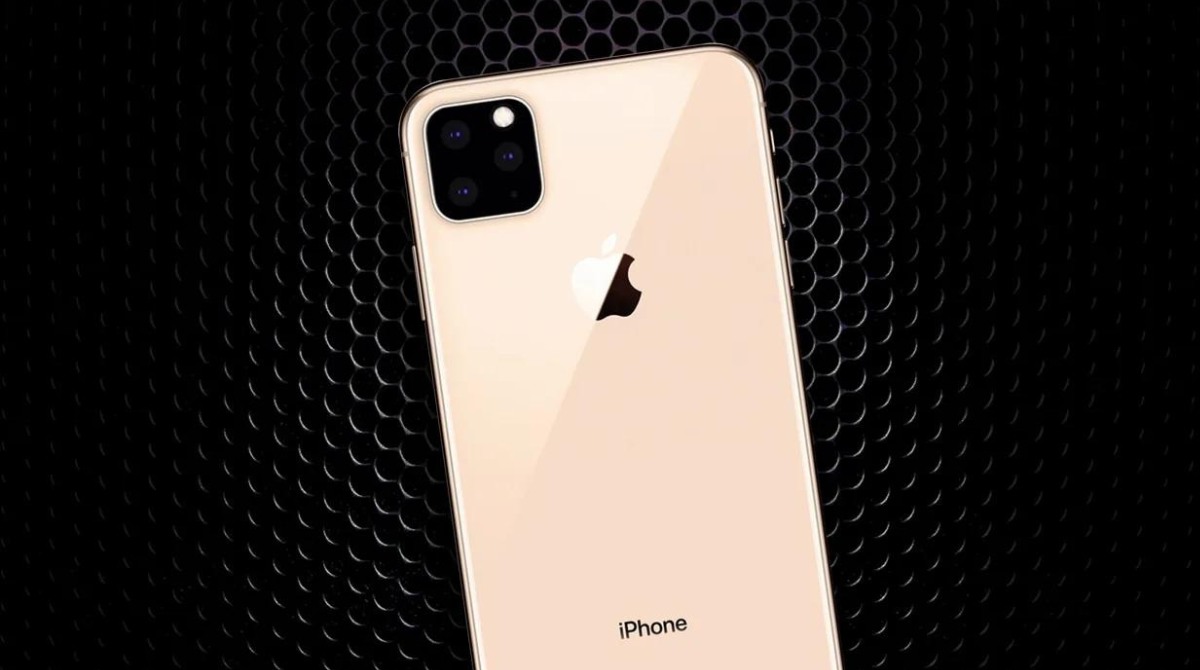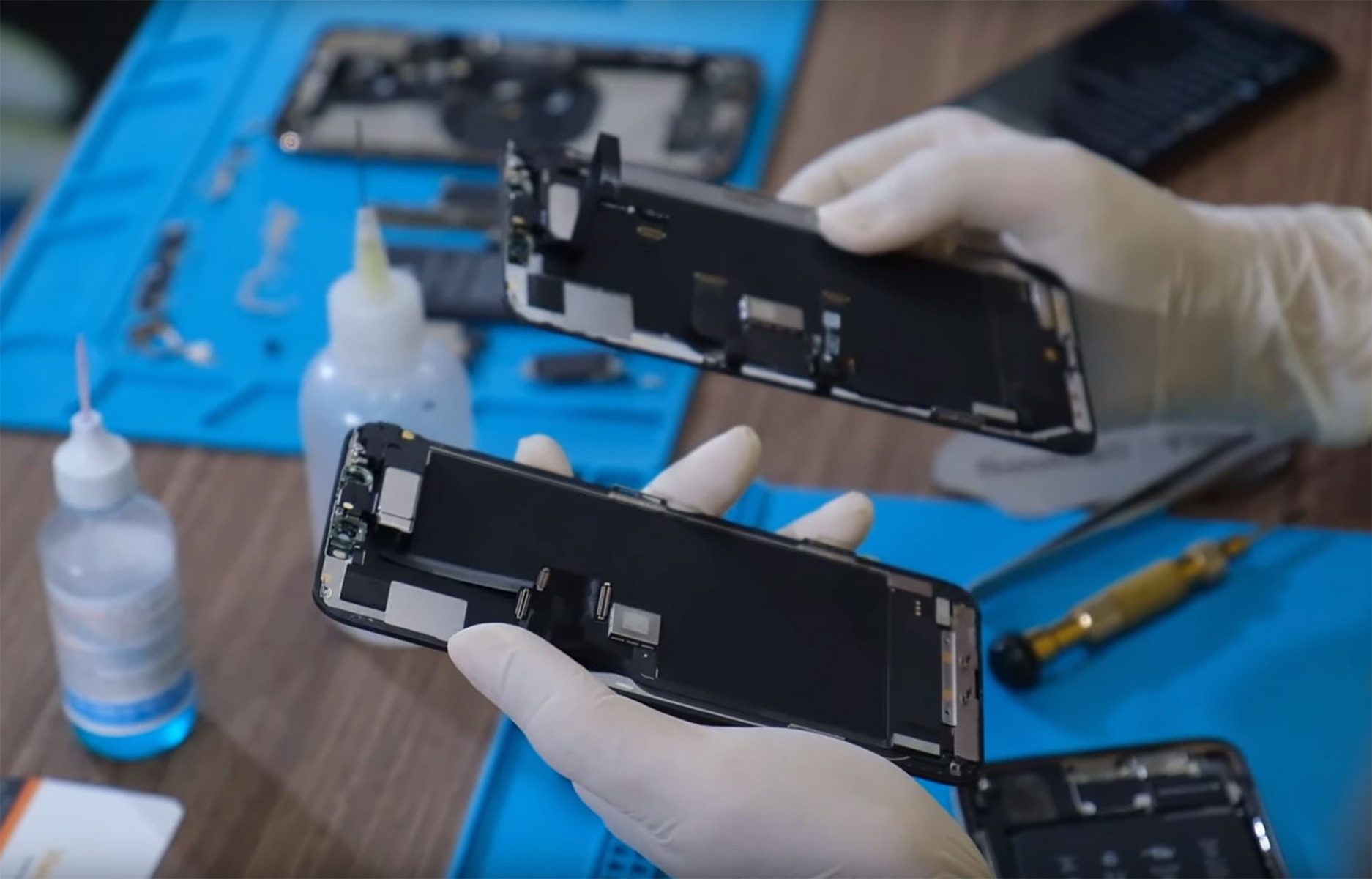Introduction
Welcome to the world of smartphones, where technology advancements never cease to amaze us. Each year, mobile phone manufacturers strive to introduce new features and upgrades to entice consumers. One essential component that plays a crucial role in a smartphone’s performance is RAM, or Random Access Memory. Whether you’re a tech enthusiast or a casual smartphone user, understanding how RAM influences your device’s speed and multitasking capabilities is vital.
RAM serves as the temporary storage for data that your smartphone actively uses while running applications or multitasking. It allows for quick access and retrieval of information, ensuring smooth and seamless performance. The more RAM your device has, the better equipped it is to handle demanding tasks, such as gaming, video editing, or running multiple apps simultaneously.
In this article, we will delve into the specifics of RAM in the iPhone 13 Pro Max, Apple’s latest flagship device. We’ll discuss the significance of RAM in enhancing performance and answer the burning question: how much RAM does the iPhone 13 Pro Max have?
Whether you’re a potential buyer interested in the technical details or simply curious about the inner workings of this powerful smartphone, join us as we explore the world of RAM in the iPhone 13 Pro Max and uncover its impact on user experience.
Understanding RAM
Before we dive into the specifics of RAM in the iPhone 13 Pro Max, let’s take a moment to understand what RAM is and how it affects a device’s performance.
Random Access Memory, or RAM, is a crucial component of any modern device, including smartphones. It is a type of computer memory that is used for temporary storage of data that the device actively uses. Unlike permanent storage devices like the hard drive or SSD, RAM is volatile, meaning it loses all data when power is cut off.
RAM plays a vital role in a smartphone’s performance because it allows for quick and easy access to data that is actively being used by the device’s operating system and running applications. It acts as a temporary workspace, providing a buffer between the storage system and the CPU, or Central Processing Unit, which is responsible for executing tasks and running processes.
When you open an application on your smartphone, the necessary data and files are loaded into RAM, allowing for quick access and retrieval. This means that the more RAM your device has, the more data can be stored and accessed simultaneously, resulting in smoother multitasking and faster app performance.
In addition to running applications, RAM also plays a crucial role in other aspects of smartphone functionality. It is responsible for caching, which is the process of storing frequently accessed data in RAM to expedite future retrieval. This can include frequently used apps, system resources, and other data that enhances the overall user experience.
Understanding the role of RAM helps us appreciate its significance in determining a device’s overall performance. The amount of RAM in a smartphone directly impacts its ability to handle complex tasks, run demanding applications, and seamlessly switch between various processes.
Now that we have a basic understanding of RAM, let’s move on to explore how RAM is implemented in the iPhone 13 Pro Max and the implications it has on its performance.
RAM in the iPhone 13 Pro Max
The iPhone 13 Pro Max, Apple’s flagship smartphone, boasts impressive hardware and cutting-edge features. When it comes to RAM, Apple has been known for its optimization techniques that maximize performance without relying on excessive amounts of RAM. So, how much RAM does the iPhone 13 Pro Max have?
The iPhone 13 Pro Max is equipped with 6GB of RAM. While this may seem comparatively lower than some Android counterparts that offer up to 12GB or even 16GB of RAM, it’s important to note that Apple’s iOS is highly efficient in managing memory and optimizing performance. Apple has a reputation for tightly integrating hardware and software to deliver a seamless user experience.
Apple’s approach to RAM management focuses on intelligent resource allocation, ensuring that apps and processes run smoothly without consuming excessive memory. By carefully optimizing how apps and data are stored and accessed in RAM, Apple achieves impressive performance on devices with seemingly modest RAM specifications.
The iOS operating system’s memory management techniques ensure that the most recently used apps and data are readily available in RAM while managing background processes efficiently. This allows the iPhone 13 Pro Max to handle demanding tasks, such as multitasking, gaming, and media editing, with ease.
While having higher amounts of RAM can be beneficial in certain scenarios, such as heavy video editing or running resource-intensive apps concurrently, Apple’s approach focuses on delivering an optimized and efficient experience without relying solely on RAM capacity.
It’s worth mentioning that combining the 6GB of RAM with Apple’s powerful A15 Bionic chip and their proprietary Neural Engine, the iPhone 13 Pro Max delivers exceptional performance and handles resource-intensive tasks with ease. Whether you’re capturing stunning photos, editing 4K videos, or playing graphically demanding games, the iPhone 13 Pro Max’s RAM, coupled with its powerful hardware, ensures a smooth and responsive user experience.
Now that we know the RAM capacity of the iPhone 13 Pro Max and how Apple’s optimization strategies enhance its performance, let’s explore the importance of RAM in a smartphone’s overall performance.
Importance of RAM for Performance
RAM, or Random Access Memory, plays a crucial role in determining the overall performance and user experience of a smartphone. It acts as a temporary storage space that allows the device to quickly access and retrieve data that is actively being used. Here are some key reasons why RAM is important for a smartphone’s performance:
1. Multitasking: RAM enables smooth multitasking by providing the necessary space for running multiple applications simultaneously. With sufficient RAM, you can switch between apps seamlessly without experiencing lag or slowdowns. Each app requires a certain amount of memory to function optimally, and having ample RAM ensures that the device has enough resources to handle concurrent tasks.
2. App Performance: RAM directly impacts the performance of applications installed on your smartphone. When you open an app, it is loaded into RAM to facilitate quick access to data, files, and resources. Insufficient RAM can lead to slow app launch times, choppy animations, and delayed response times. Sufficient RAM allows apps to run smoothly and ensures a seamless user experience.
3. Gaming: Mobile gaming has become increasingly demanding in terms of graphics and processing power. Games with high-quality graphics, complex algorithms, and multiplayer capabilities require a significant amount of RAM to run smoothly. Ample RAM ensures that the device can handle the graphics-intensive nature of modern mobile games without compromising on performance or experiencing lag.
4. System Stability: RAM helps maintain system stability by providing the necessary resources for the operating system to function efficiently. With sufficient RAM, the device can allocate resources effectively, preventing crashes, freezes, and other performance issues. It allows the operating system to run background processes, handle system updates, and perform various system-level tasks smoothly.
5. Future-Proofing: As technology advances and new applications become more resource-intensive, having sufficient RAM ensures that your smartphone can handle future software updates and evolving user requirements. Investing in a device with ample RAM can help extend its longevity and ensure optimal performance for years to come.
While other factors such as processor speed and storage capacity also influence a smartphone’s overall performance, RAM plays a crucial role in delivering smooth multitasking, efficient app performance, and stable system operation. It is a vital component that directly impacts the user experience, especially when it comes to running demanding tasks and resource-intensive applications.
Now that we understand the importance of RAM for a smartphone’s performance, let’s move on to discuss the specific RAM capacity of the iPhone 13 Pro Max.
How Much RAM Does the iPhone 13 Pro Max Have?
The iPhone 13 Pro Max, Apple’s flagship device, comes with a total of 6GB of RAM. While some Android smartphones offer higher RAM capacities, it’s important to note that Apple optimizes its hardware and software integration to deliver an exceptional user experience with relatively lower RAM specs.
Although 6GB of RAM may seem modest compared to other high-end smartphones in the market, Apple’s iOS operating system is renowned for its efficient memory management. Apple utilizes advanced algorithms and optimization techniques to make the most out of the available RAM, ensuring smooth performance and seamless multitasking.
Apple’s proprietary hardware, including the powerful A15 Bionic chip and Neural Engine, works in tandem with the 6GB of RAM to deliver exceptional performance. The combination of optimized software and robust hardware ensures that the iPhone 13 Pro Max can handle resource-intensive tasks such as gaming, video editing, and running multiple apps simultaneously without compromising on speed or responsiveness.
It’s worth noting that Apple’s control over both the hardware and software aspects of their devices allows them to fine-tune performance and memory management. This holistic approach ensures that the iPhone 13 Pro Max delivers a smooth and efficient user experience despite its relatively lower RAM capacity.
Apple’s focus on optimizing resources extends beyond the RAM alone. The iOS operating system intelligently manages memory allocation, efficiently handles background processes, and prioritizes active apps, ensuring that the device performs at its best even with 6GB of RAM.
It’s important to remember that RAM is just one aspect of a smartphone’s performance, and higher RAM capacity does not necessarily equate to better overall performance. Apple’s integration of hardware and software, along with their optimization techniques, enables the iPhone 13 Pro Max to excel in various performance metrics, even with 6GB of RAM.
So, while the iPhone 13 Pro Max may not boast the highest RAM capacity on the market, its combination of efficient memory management, powerful hardware, and optimized software makes it a top performer in its class.
Now that we understand the RAM capacity of the iPhone 13 Pro Max and its impact on performance, let’s explore other factors that play a role in determining a smartphone’s overall speed and responsiveness.
Other Factors Affecting Performance
While RAM is an important component in determining a smartphone’s performance, there are various other factors that contribute to the overall speed, responsiveness, and user experience. Let’s explore some key factors that can affect a device’s performance:
1. Processor: The processor, often referred to as the CPU (Central Processing Unit), is the brain of the smartphone. It determines how fast the device can execute tasks and process information. A powerful and efficient processor can greatly enhance a device’s performance, enabling smooth multitasking, fast app launches, and fluid graphics rendering.
2. Storage Type and Capacity: The type and capacity of the storage drive can impact a device’s performance. Solid State Drives (SSDs) or Apple’s proprietary NAND flash storage offer faster read and write speeds compared to traditional hard disk drives (HDDs), resulting in quicker app installations, faster file access, and improved overall responsiveness.
3. GPU Performance: The Graphics Processing Unit (GPU) is responsible for rendering graphics and animations. A powerful GPU is essential for smooth gaming, video playback, and graphic-intensive tasks. It ensures that visuals are displayed seamlessly, delivering an immersive user experience.
4. Software Optimization: The optimization of the operating system and apps plays a significant role in a device’s performance. Apple’s iOS, known for its seamless integration with their hardware, is optimized to deliver exceptional performance and efficiency. Regular software updates can also improve performance by addressing bugs, optimizing resource management, and introducing new features.
5. Battery Life: Battery life affects a device’s performance because it determines how long it can sustain high-performance tasks. A longer battery life ensures that the device can maintain optimum performance for extended periods, while a shorter battery life may result in throttling or reduced performance to conserve power.
6. Network Connectivity: The speed and reliability of network connections, such as Wi-Fi or cellular networks, impact various tasks that rely on internet connectivity. Faster download and upload speeds enable seamless streaming, quick app updates, and smooth web browsing experiences.
7. App Optimization: Well-optimized apps that are developed to efficiently utilize system resources can enhance a device’s performance. Apps that minimize background processes, efficiently manage memory usage, and utilize hardware acceleration can significantly contribute to improved performance.
While RAM is a crucial factor, considering these other aspects helps us understand that a device’s performance is a result of a combination of factors working together. A balance between RAM, processor power, storage, software optimization, and other factors ensures a seamless and responsive user experience.
Now that we have explored the various factors that can influence a smartphone’s performance, let’s conclude our discussion on RAM and its significance for the iPhone 13 Pro Max.
Conclusion
In conclusion, RAM plays a crucial role in a smartphone’s performance, including multitasking capabilities, app performance, gaming experience, system stability, and future-proofing. While the iPhone 13 Pro Max may have a comparatively lower RAM capacity of 6GB, Apple’s optimization techniques and integration of hardware and software allow it to deliver exceptional performance.
Apple’s iOS operating system efficiently manages memory allocation, ensuring that the most essential apps and data are readily available in RAM. Combined with the powerful A15 Bionic chip and Neural Engine, the iPhone 13 Pro Max offers seamless multitasking, fast app launches, and smooth graphics rendering.
While RAM is important, other factors such as the processor, storage type and capacity, GPU performance, software optimization, battery life, network connectivity, and app optimization also contribute to a device’s overall performance. A balance of all these factors ensures a seamless and responsive user experience.
So, while the iPhone 13 Pro Max may not have the highest RAM capacity compared to some Android counterparts, its optimized hardware and software integration allow it to deliver impressive performance. Whether you’re a gaming enthusiast, a content creator, or a multitasker, the iPhone 13 Pro Max can handle demanding tasks and provide a smooth and efficient user experience.
As technology continues to advance, it’s important to consider all aspects of a smartphone’s performance, not just the RAM capacity alone. By understanding the significance of different factors and how they work together, you can make informed decisions when choosing a smartphone that meets your specific needs and preferences.
So, whether you’re captivated by the iPhone 13 Pro Max’s powerful camera capabilities, mesmerized by its high-quality display, or simply attracted to its sleek design, rest assured that the combination of optimized RAM management and impressive hardware make it a top contender in the world of smartphones.







